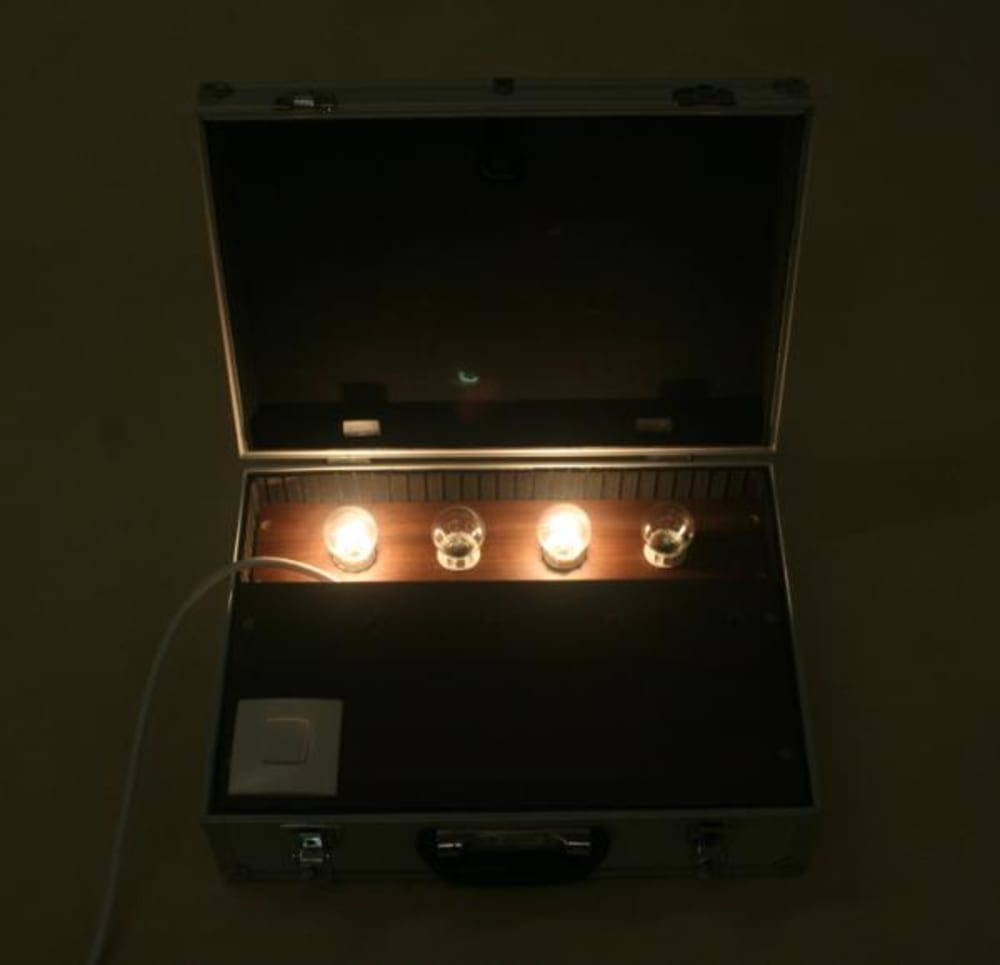The system aims to save electric energy spent during the night by streetlights.
Today, several systems exist. They are based on a remote control of each lamp.
Communication increases the price of theses devices and requires configuration. Then they don't really save money.
The idea has to stay simple, and is resumed by these specifications:
1) You can imagine that all the streetlights have been installed with a lamp controller, called "system" in the following lines. The typical installation is shown in figure 1.
2) The system measures the duration of an electric light switching on, then indirectly, the system measures the night duration.
3) One night out of two, the system cut off the energy during 50% of the measured time. The system that cut off is called "active" later in the text. Different part of the night could be concerned: either the middle or the begin and the end of the night. This is shown on figure 2.
4) When the power supply shuts down, the systems records in EEPROM the night duration and their "active" or "inactive" state.
5) A push button can change the initial active or inactive state. Then, at a particular time, the half of the streetlights are on, the other are off. And the next day the roles will be reversed and all places share the light.
Several technologies can do that.
The photo shows a demonstration case concerning four lamps.
The electric light is driven by a triac.
The time is counted by a microcontroler and stored in an EEPROM.
The other components are used for the low power supply.
Like this entry?
-
About the Entrant
- Name:Gerald Mauboussin
- Type of entry:individual
- Software used for this entry:DesignSparck
- Patent status:none








